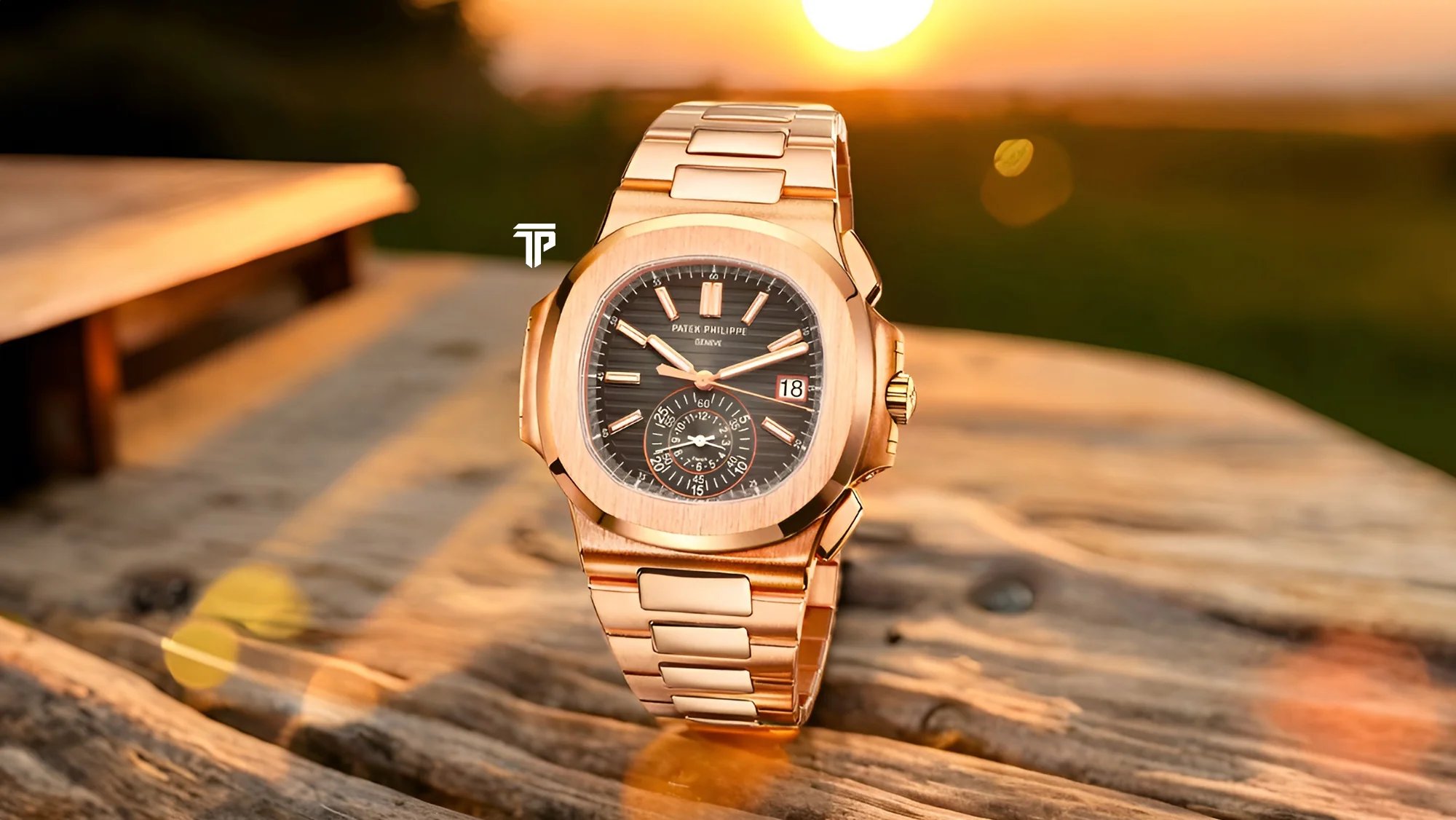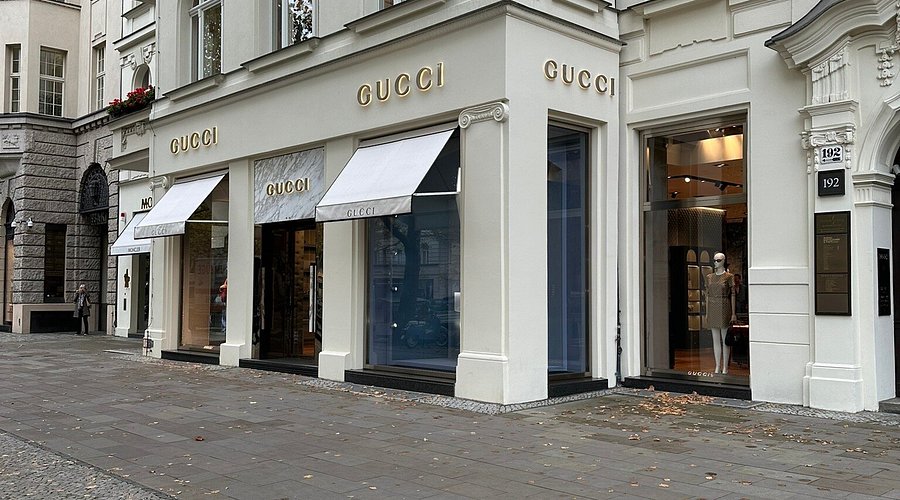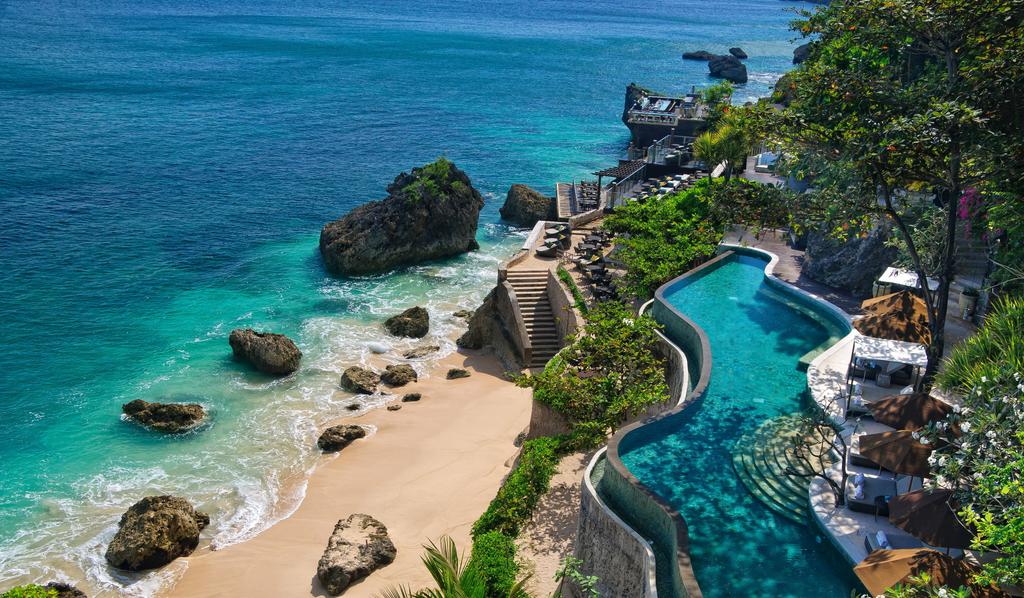High-Net-Worth Families Shift Toward Ancestral Estates Instead of Modern Mansions
By
Sophie Moore
Last updated:
September 12, 2025
First Published:
September 12, 2025

Photo: Pinterest
The changing definition of luxury living
Luxury real estate has long been defined by sleek modern architecture, cutting-edge technology, and city skylines. Recently, however, high-net-worth families are embracing a different kind of opulence. Ancestral estates, often rich with history and character, are becoming the preferred choice for those seeking authenticity and legacy in their homes.
The allure of heritage properties
Modern mansions may impress with minimalist design and panoramic views, but ancestral estates offer stories embedded in walls and gardens. These properties connect families to history, culture, and tradition in ways that new constructions cannot replicate. For the wealthy, the emotional value of a centuries-old estate often outweighs purely aesthetic considerations.
A focus on legacy and permanence
Ancestral estates are not just homes—they are symbols of longevity and continuity. Families are increasingly purchasing or restoring historic properties with the goal of preserving them for future generations. This shift reflects a broader desire among the ultra-wealthy to create enduring legacies rather than transient displays of wealth.
Sustainability and preservation
Owning an ancestral estate often requires careful restoration and maintenance. Many families invest in eco-friendly upgrades while preserving original architecture. This combination of conservation and innovation enhances property value while demonstrating a commitment to sustainability, which has become an important aspect of modern luxury.
Cultural capital as a status symbol
Ancestral estates carry inherent cultural prestige. Ownership signals refinement, sophistication, and a deep appreciation for heritage. Unlike modern mansions, which can be replicated anywhere, historic estates are unique. This exclusivity appeals to families who wish to display both wealth and cultural discernment.
Global hotspots for estate acquisition
Certain regions have become magnets for wealthy buyers seeking heritage properties. European countryside, colonial estates in the Americas, and historic manors in Asia attract those drawn to charm, privacy, and architectural significance. Location plays a key role, with proximity to cultural landmarks and scenic landscapes adding to the estate’s allure.
The role of architecture and interior design
Restoring and modernizing ancestral estates requires expert architects and designers. The challenge lies in blending contemporary comfort with historical integrity. High-net-worth families are increasingly investing in bespoke renovations that respect heritage while introducing amenities such as climate control, home theaters, and private wellness areas.
Emotional and social resonance
Ancestral estates often serve as the backdrop for family traditions, gatherings, and milestones. They foster emotional connections that modern mansions rarely provide. For many buyers, the social and sentimental value of a historic home is just as important as its financial worth.
Investment and long-term value
Historic estates are not only emotionally appealing but also financially strategic. Properly maintained, these properties tend to appreciate steadily. Their uniqueness and scarcity make them resilient to market fluctuations, offering high-net-worth families both security and prestige.
A new chapter in luxury real estate
The shift toward ancestral estates marks a return to values that combine wealth with culture, heritage, and sustainability. For high-net-worth families, true luxury is no longer defined by size or modernity alone. It is measured by connection, legacy, and the timeless elegance that only historic estates can provide.
Subscribe to unlock premium content
Sed at tellus, pharetra lacus, aenean risus non nisl ultricies commodo diam aliquet arcu enim eu leo porttitor habitasse adipiscing porttitor varius ultricies facilisis viverra lacus neque.
A comprehensive guide on Agile development

10 Productivity tools that are worth checking out

Top 7 Must have management tools for productivity

A comprehensive guide on Agile development

10 Productivity tools that are worth checking out

A comprehensive guide on Agile development








.png)
